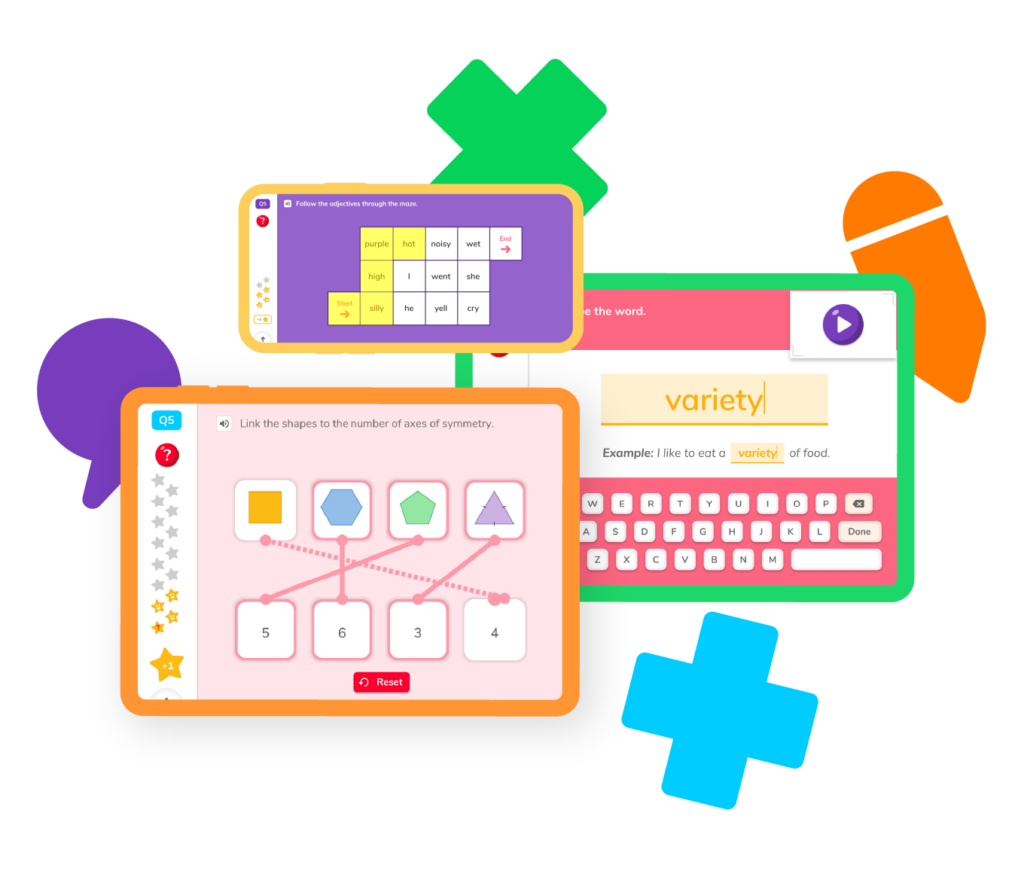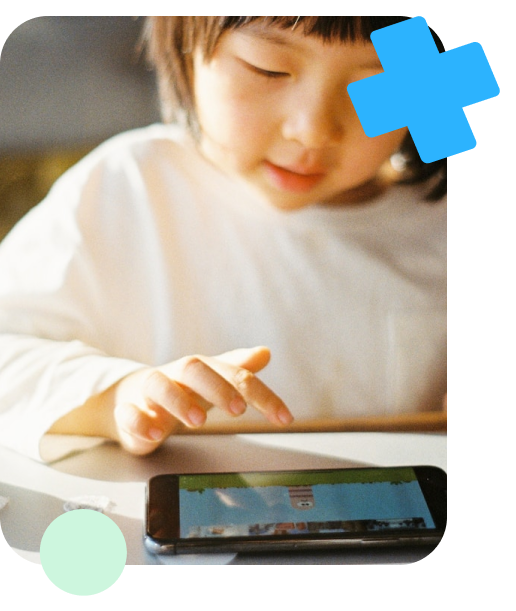Practice important 1st grade math skills like addition, subtraction, measurement, shapes, fractions and more with our games, worksheets, and fun-filled guides. Follow along with classroom activities or scaffold your learning and build a path from least advanced to more advanced topics to become the ultimate math wiz kid!

We’ve gone through the Common Core curriculum and pulled the math skills you need to become a pro at 1st grade math! If you’re struggling with addition, enjoy some resources to help catch you up to speed. Or, if you’re looking to get even stronger at your measurement or patterns skills, take a peek and build your confidence!
Whether you’re a first-time parent to a first-grader or it’s your third time around the block, our goal is to take the guesswork out of elementary math. Browse our first-grade math guides designed to make learning math a breeze.
First-grade
math help
For parents with a 1st grader who is struggling with math, read about 10 ways a 1st-grade teacher recommends offering math help.
Common Core
Standards
Deep dive into Common Core 1st grade math standards so you feel confident about what your student should know by the end of first grade.
First-grade
math problems
Practice 1st-grade math at home with these 50 math problems that cover counting, shapes & more. Check your work with the provided answer sheet!
Standards vary state by state, but in general, most public schools are expected to follow the Common Core state standards. For 1st graders, the Common Core objectives include:
Math apps like DoodleMath are a great way to help your student practice math and make it fun at the same time. However, there are several other strategies you can use to help your student grow and learn. Strategies like reading math problems out loud, using props to make concepts like counting and exchanging money seem more concrete, and playing math games can help them grow in their skills and understanding of the subject.
1st graders should understand several types of shapes, including two-dimensional shapes like rectangles, squares, trapezoids, half-circles, and triangles, along with three-dimensional shapes like cubes, cylinders, spheres, cones, and pyramids.
1st grade is typically when students are introduced to basic word problems. It may help them understand word problems if you read them out loud.


Parents, sign up for a DoodleMath subscription and see your child become a math wizard!

Book a chat with our team
If you’d like to use Doodle’s browser version, please visit this page on a desktop.
To log in to Doodle on this device, you can do so through our apps. You can find out how to download them here: